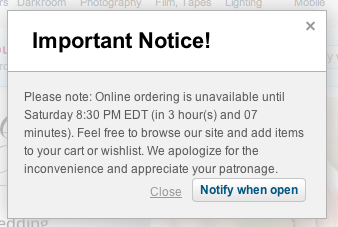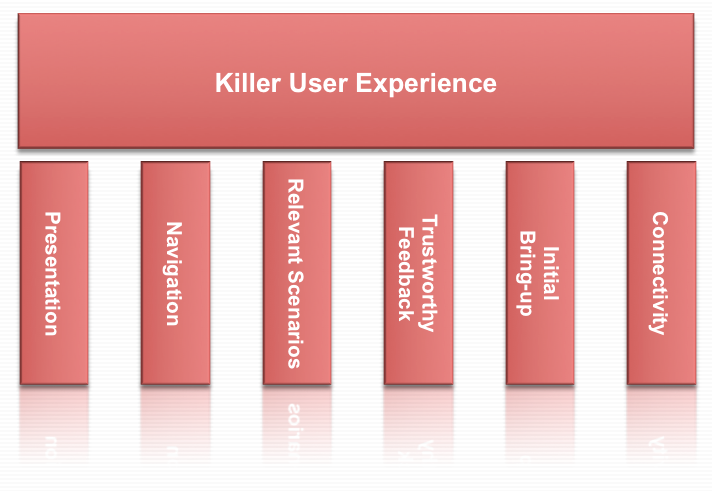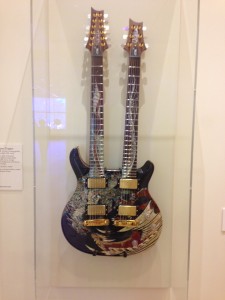This is a quote from an old IBM Design documentary:
“We need machines to do the work so we have time to think”
It’s noble, and inspires us technologists to create better machines to do our daily monotonous work so we have time to think about more noble efforts, more serious problems to solve, and become better humans.
The problem, I think, is that while we’ve succeeded in creating machines that do the work giving us the opportunity to think, we still don’t. It takes effort to think, and a lot of us just don’t want to take that effort. Further, since our new smart machines provide an endless stream of mildly interesting information, games, or even ‘IT administration’ activities like downloading apps, cleaning up messages, reading detailed logs, and other mundane activities, we have ample opportunity to do a new kind of time-wasting work that fills up any time intended for us to think, while at the same time giving us an excuse not to have to think because we were ‘being productive’.
Unlike my dog. For her, she LOVES to learn new tricks and she enjoys thinking hard and figuring out what I want her to do. Teaching her tricks is mentally exhausting for her because she has to think, but she loves it. I love it, too, because I have to think to always be one step ahead of her to reward her, guide her, and when we’re both thinking towards the same goal, it builds our relationship.
I wonder why we waste these “think opportunities”? Is it because our problems are too big? Na. Is it because we are afraid of the companionship we will build together? Maybe. Is it because we’re exhausted? Probably.
Or, is it simply that the machines we’ve built give us unprecedented access to information and ideas but fail in the one primary purpose that these machines were invented in the first place? Did we lose sight that that these machines were built so we actually have time to think?
Is it now that after all this time we realize that quote was wrong…or at least incomplete…that it’s not about the machine but about the experience the machine offers? It’s not the machine’s fault we’re still not thinking. Rather, it’s the user experience those machines deliver that fail in achieving the true goal.
We need time to think. To become a better version of ourselves, to build a better version of today. But thinking takes effort that not everyone is up for.
Maybe our new machines need to be like personal trainers…guiding us to think even though we don’t really want to at that second…forcing us to discard the ‘productive’ activities like sifting through email, logs, playing casual games, and forcing us to think through hard problems. Maybe our interfaces need to ask, “Why are you doing this? Is it helping you solve the difficult problems on your list? As you do this activity, here is a space to list ideas, ‘a-ha’ thoughts so you can build on them later”
Then, at the end of the month, just like a personal trainer, our machines help us look back at all we accomplished…and how much we actually did think.
What do you, well, think?








